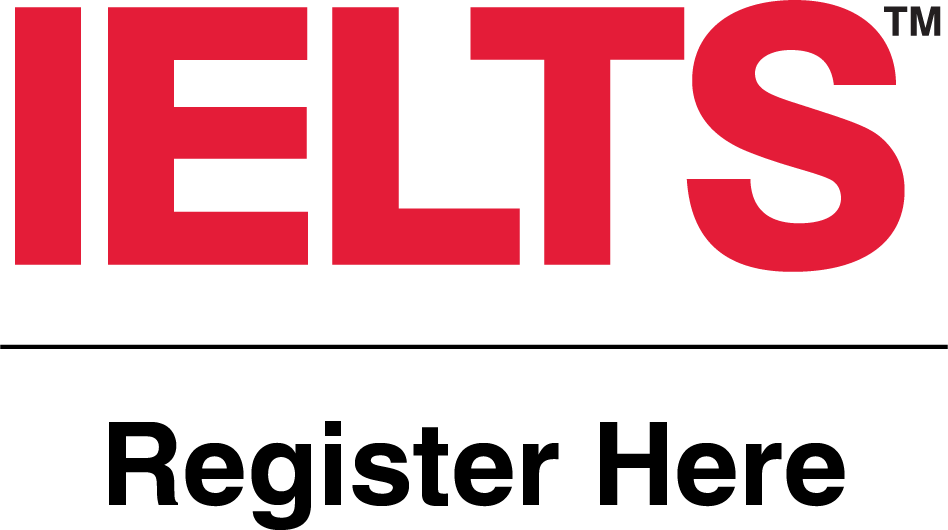The Workplace Hazardous Materials Information System (WHMIS) is Canada’s comprehensive plan for providing information on the safe use of hazardous materials in workplaces. In British Columbia, WHMIS is enforced by WorkSafeBC, ensuring that both employers and workers adhere to safety protocols to minimize health risks associated with hazardous products.
Understanding WHMIS in British Columbia
WHMIS, established in 1988 and updated in 2015 to align with the Globally Harmonized System (GHS) of Classification and Labelling of Chemicals, serves as a standardized communication system across Canada. The 2015 update, known as WHMIS 2015, introduced new classification criteria, label requirements, and standardized Safety Data Sheets (SDS).
In British Columbia, the Workers’ Compensation Act and the Occupational Health and Safety Regulation mandate the implementation of WHMIS. WorkSafeBC oversees compliance, ensuring that hazardous materials are properly labeled, SDS are accessible, and workers receive appropriate education and training. Employers are responsible for maintaining an up-to-date WHMIS program that includes regular reviews of SDS, which must be checked every three years to ensure they contain current information.
Key Components of WHMIS
Labels: Hazardous products must have standardized labels that provide essential information, including hazard symbols (pictograms), signal words, hazard statements, precautionary statements, and supplier identification.
Safety Data Sheets (SDS): These documents offer detailed information about a product’s hazards, handling, storage, and emergency measures. In British Columbia, SDS must follow a standardized 16-section format and be reviewed every three years.
Worker Education and Training: Employers are required to educate and train workers on the hazards of products they work with or may be exposed to, ensuring they understand how to use, handle, and store these products safely.
Employer Responsibilities in British Columbia
Employers in British Columbia have specific duties under WHMIS regulations:
Hazard Identification: Ensure all hazardous products are identified and properly labeled.
Accessibility of SDS: Maintain an up-to-date inventory of hazardous products and ensure SDS are readily accessible to all workers.
Education and Training: Provide comprehensive WHMIS education and training programs tailored to the specific workplace and the hazardous products used.
Program Review: Regularly review and update the WHMIS program to reflect any changes in products, processes, or regulations.
Worker Rights and Responsibilities
Workers in British Columbia have the right to:
Know: Be informed about the hazardous products they may be exposed to.
Participate: Be involved in health and safety discussions and training sessions.
Refuse Unsafe Work: Refuse work they believe is dangerous to their health and safety or that of others.
Additionally, workers are responsible for participating in WHMIS training programs and following established safety procedures when handling hazardous products.
Resources and Training Opportunities
For those looking to complete WHMIS training online in British Columbia, RupIELTS Institute stands out as a trusted leader in workplace safety education. Offering comprehensive, up-to-date, and fully accredited WHMIS courses, RupIELTS ensures that both employers and employees receive high-quality training that meets WorkSafeBC regulations and aligns with WHMIS 2015 (GHS) standards.
With interactive online modules, certification upon completion, and flexible learning options, RupIELTS Institute makes WHMIS training accessible and convenient for workers across various industries. Whether you’re an individual seeking certification or an organization looking to train an entire workforce, RupIELTS provides a seamless learning experience designed to improve workplace safety and compliance.
To enroll in the best WHMIS online course in British Columbia, visit RupIELTS Institute’s website today or call : 604-825-0177 , 604-825-8882.
 +1(604)825-8882
+1(604)825-8882 8232 120 Street, Unit 112, Surrey,BC , V3W 3N4
8232 120 Street, Unit 112, Surrey,BC , V3W 3N4

